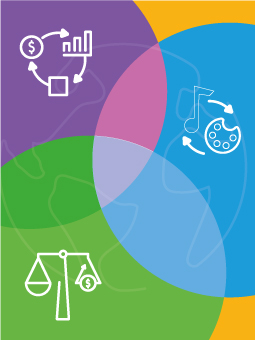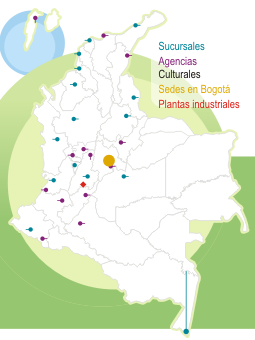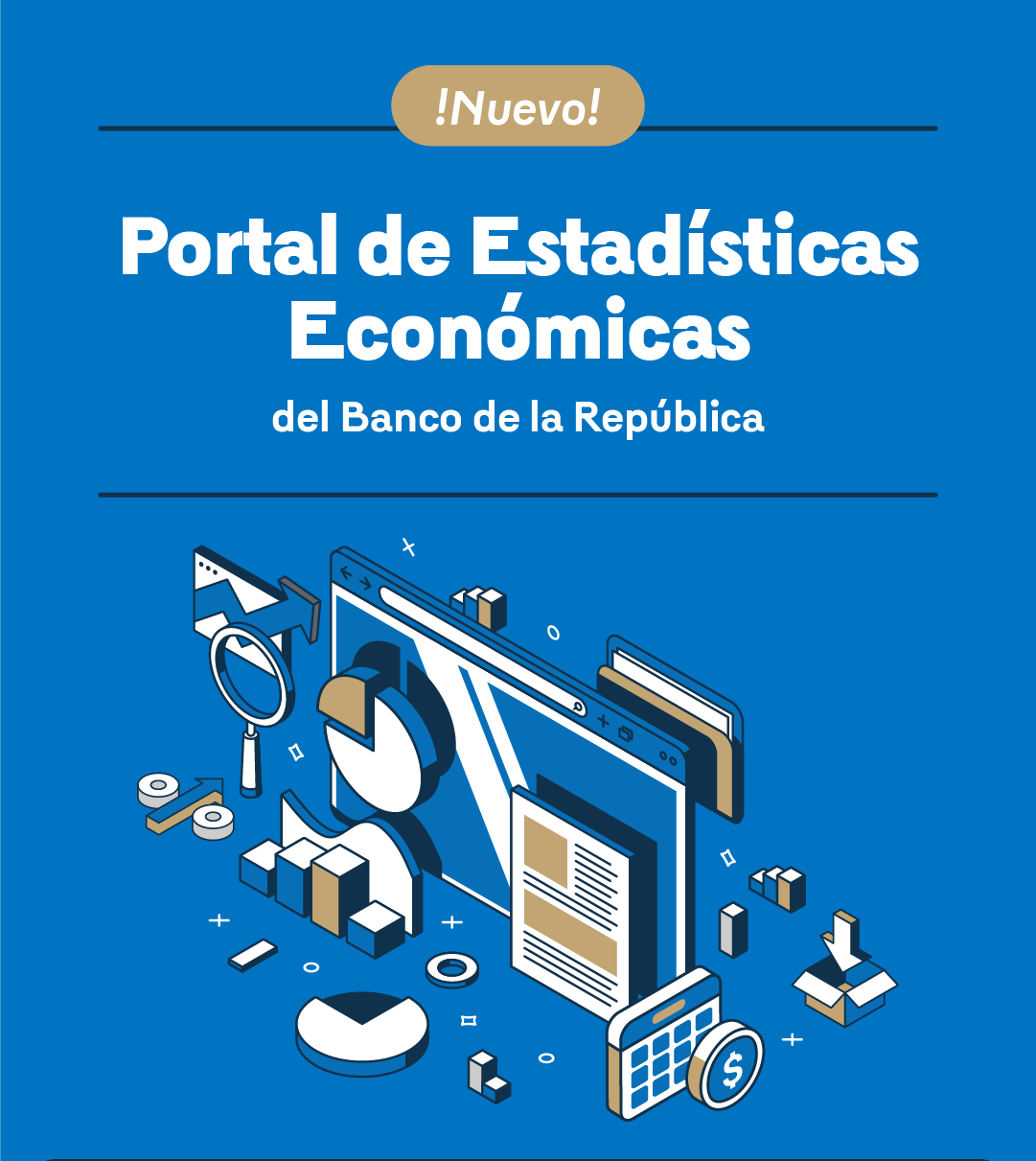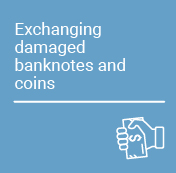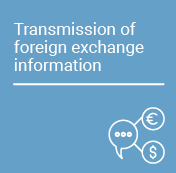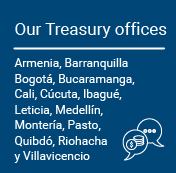Foreign direct investment (FDI) not only plays a very important role as a source of external financing, but also allows for technology transfer, access to international markets, and the efficient reallocation of productive factors. All of this offers benefits to recipient economies in the form of higher economic growth, increased productivity, and an expanded supply of goods and services.
The increase in international capital flows has intensified the development of multinational companies and greater interdependence between countries. Colombia has been no exception. In recent years, FDI has been the country’s main source of external financing and has represented, on average, 3.7% of the annual gross domestic product (GDP). Despite a decline in 2020 and 2021 associated with the pandemic, FDI rebounded sharply in 2022, reaching 5.0% of GDP, one of the highest levels of this century. This figure is similar to the one observed in 2016 and surpassed only by the one reported in 2005, when it reached 7.0% of GDP (Graph 1). Preliminary information for 2023 suggests that the dynamism of FDI has been maintained this year.
Graph 1. FDI flows as a percentage of GDP

Source: Banco de la República (the Central Bank of Colombia)
FDI has reached all sectors of the Colombian economy in a widespread and permanent manner. Between 2000 and 2015, mining and oil activities were the most benefited in terms of FDI flows, receiving 47% of the total accumulated amount of such investment (Graph 2, panel a). Subsequently, with the end of the mining-energy goods price bonanza, the importance of the flows received by this sector also decreased. Since then, FDI dynamics show how activities related to the provision of goods and services for the domestic market have become more relevant as recipients of this type of investment. In particular, economic activities other than the mining-energy sector absorbed 76% of the total capital that arrived in the country for this type of investment in the period 2015-2022 (Graph 2, panel b).
Graph 2. Participation in foreign direct investment flows in Colombia according to economic activity
Panel a. Annual flow 2000-2022

Panel b. Period 2015-2022

Source: Banco de la República (the Central Bank of Colombia)
In a recent study published in the series Working Papers on Economics, researchers from Banco de la República and the Latin American Reserve Fund conducted a characterization of the FDI that has reached the non-mining and non-oil sectors in Colombia. In this study, a firm-level analysis was carried out, focusing on the manufacturing industries; trade, restaurants, and hotels; and transportation, storage, and communications sectors, which represented nearly 60% of cumulative FDI in the non-mining and oil sectors between 2000 and 2020.
The study found that, for the sectors analyzed, the investments made have a frequency of between 1 and 3 years, which suggests that the companies receive resources only a few times but maintain and expand their business supported by the profits they produce and reinvest. On the other hand, the value of the investments received by the companies is quite heterogeneous, with periods of high concentration on account of particular operations of large companies. In general, the results of the study in terms of investment, financial profits, and foreign trade shows that the largest amounts in these transactions are carried out by a few companies.
On the other hand, in addition to investment amounts that companies receive from their parent companies and the reinvestment of profits, companies can use debt as a financing mechanism. In this regard, the companies studied got into foreign debt mainly through loans between related companies (parent companies, sister companies, indirectly related companies, among others). Graph 3, panel a). This type of debt generally presents better conditions than contracting debt with the market.
The study also analyzed other characteristics of companies with FDI presence, such as their linkage to foreign trade and their financial performance. Regarding the first characteristic, it was found that these companies are more involved in imports than exports, which results in a negative trade balance (Graph 3, panel b). This would be due to the need to obtain inputs or technology from the parent companies or the international market and because the objective of these companies with FDI in the country seems to be more associated with the provision of goods and services in the local market than in the foreign market, unlike what happens with companies in the mining-energy sector.
Graph 3. Characteristics of companies with FDI in the non-mining-energy sector
Panel a. External debt

Panel b. Foreign trade of goods

Note: It includes the results of the companies studied in the manufacturing industries; trade, restaurants, and hotels; and transportation, storage, and communications sectors.
Source: Banco de la República (the Central Bank of Colombia) Calculations by the authors.
It should be noted that the commercialization of services is an alternative and growing source of income for this group of companies, although it is also a significant part of their costs. Finally, another important finding is that only a small number of firms account for the profits in each of the economic activities studied, suggesting that there is a high concentration of production.








